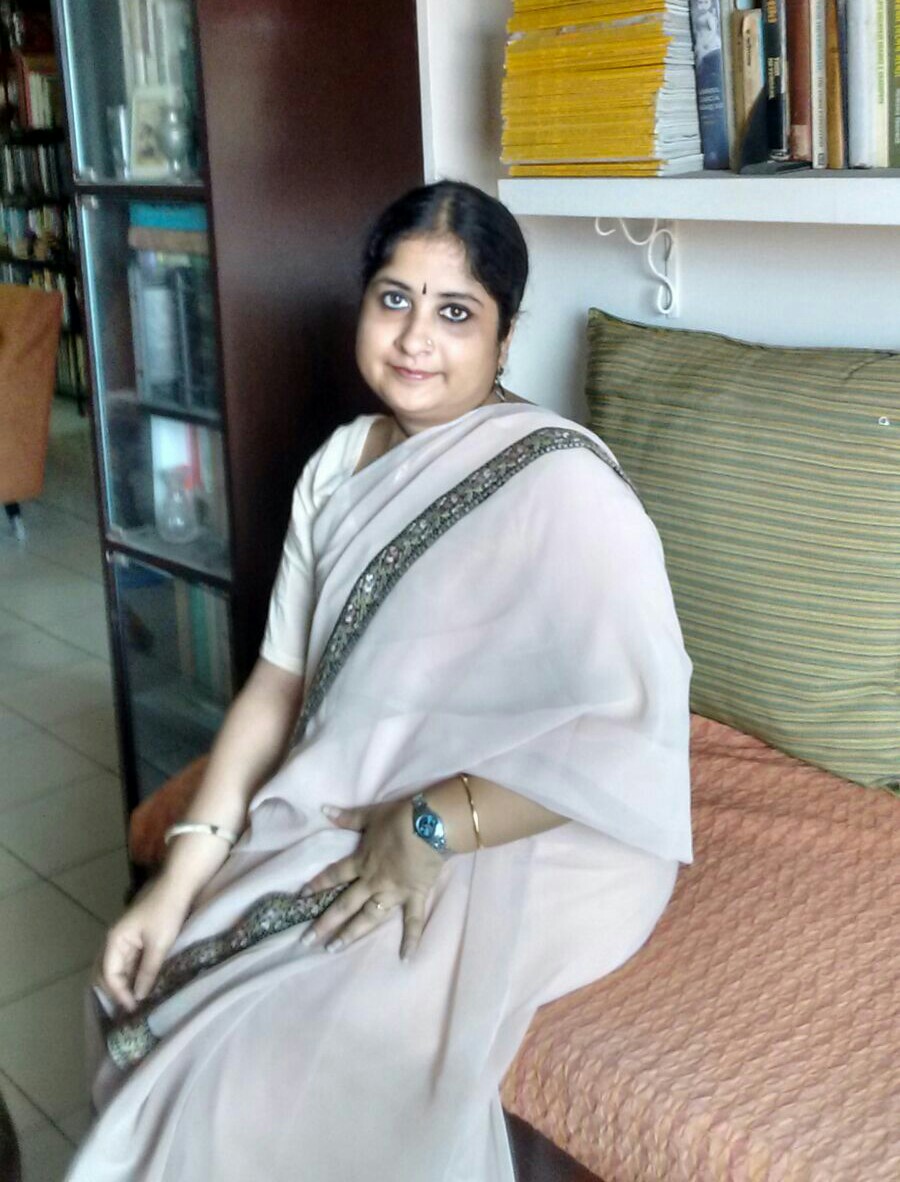Grand old lady
Day 78. “Bhalo kore porashona korbe, IAS hote hobe kintu (study hard so that you can be an IAS officer”. Those were her last words to me over phone the day we were to return to Hyderabad after our annual vacation in Calcutta. It’s another matter that I have failed to fulfil her wish. Even then I had never wanted to be in the IAS, for I don’t know why but I thought I didn’t want to be one of them corrupt officers. I didn’t tell her that of course. Partly because I didn’t want to break her heart, and partly because I was in a hurry to end the conversation and play with my cousins whom I would not meet for another year at least.
A few months, or may be a year, later came another phone call. My father had called to tell my mother that her grandmother, my Nanimuni, was no more. I remember answering the phone and handing over the receiver to Ma rather grudgingly. I had wanted to talk to Baba as he usually did whenever he called from office to enquire if I had studied, done my exercise or to ensure that I wasn’t sleeping too much. But that day he had cut the conversation short and asked for Ma.
I am lucky to have seen, met and spent time with both my mother’s grandmothers. Her father’s mother, my Dadi, who I remember as making choshi (semiyan-like cereal used to make payesh/kheer. It is made of wheat dough and tiny bits are shaped by hand) while she spoke to us, always in Bangal. And Ma’s maternal grandmother, my Nanimuni. Her I remember as a petite old lady, slightly bent by age, but still very elegant. She had a head full of white hair, like cotton clouds or like candyfloss. And she was almost always carrying a walking stick, with which she would chase away crows and birds as she sat in the sunlight on the balcony.
She was an expert cook though I never had the fortune of tasting her cooking. But my Ma cherishes to this day memories of how Nanimuni had made namkeen of various sorts during her wedding. I have also heard stories of how she accompanied her husband to the officers’ club and played bridge and seen photographs of her beautifully turned out. In those pictures, she looks like a princess, emerging as it were from the pages of a fairytale.
There’s another picture, however, which is as much treasured and in which she comes alive, just the way I remember her. It is a photograph of her and my Dadi (Ma’s paternal grandmother) sitting in the balcony, cutting vegetables, in the run-up to their granddaughter’s (my mother) wedding. The sunlight falls beautifully on them, playing hide and seek. Like memories do, appearing all of a sudden in the most unexpected of ways, weaving magical stories like threads intertwining to create exquisite designs, like the intricate embroidery work on the border of this sari. My only sari with Parsi embroidery and I chose to wear it on Navroz. This border belonged to my Nanimuni, whether she ever got it stitched and wore it, I don’t know. It is her daughter, my Dimma, who got it stitched onto this peach georgette sari. I don’t remember seeing her wear this sari but I remember seeing it in her steel grey Godrej almirah and this is one of the two saris that have travelled from her almirah to mine. Both my mother’s and my aunt’s memories of this sari are hazy but for me, it’s rich with associations of my Nanimuni with her white cotton-like hair and that sparkle in her eyes.
The mother of pearl locket is a gift from a friend, the earrings from Achintya and the bangle from my mother-in-law.


Beautiful story and very well written!